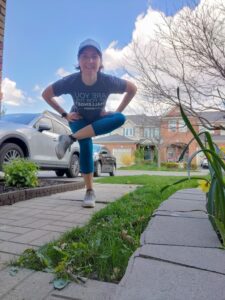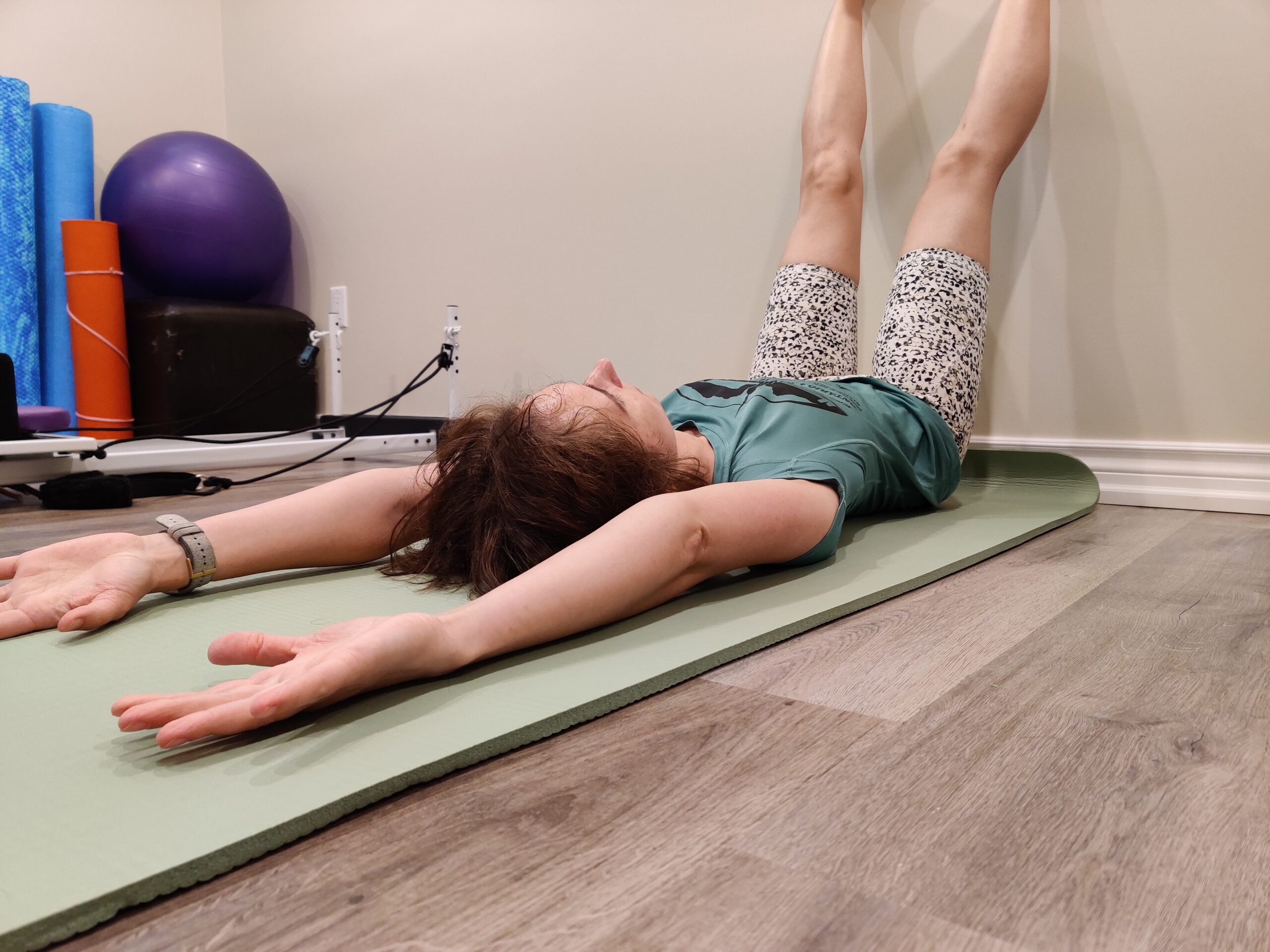Before running – stretch. After workouts – stretch again. There’s a reason why most doctors and professional trainers recommend incorporating stretching for runners and other athletes.
A few minutes of good stretching can make a whole lot of difference in your performance. Unfortunately, some athletes overlook the benefits of incorporating stretches into their exercise regimes.
Why Does Stretching Matter For Runners?
Stretching can help runners speed up muscle recovery and reduce their risk of injuries.
Let’s explain.
 Running involves several groups of muscles. Stretching promotes the flexibility of these muscles. Flexibility is a crucial element for runners to maintain a healthy range of motion in the joints.
Running involves several groups of muscles. Stretching promotes the flexibility of these muscles. Flexibility is a crucial element for runners to maintain a healthy range of motion in the joints.
Without stretching, muscles constrict and contract. They become tight, decreasing your mobility capabilities. Therefore, this might compromise your performance, as you get subjected to the risk of muscle strains and joint pain.
Stretching after running helps the body to cool down, improve blood flow, and remove the lactic acid build in the muscles. As a result, the muscles recover and repair more quickly.
If you haven’t been stretching before and after workouts, you’ll want to consider embracing the stretches, especially if you’re a runner with a past of injuries.
Static Stretching Vs. Dynamic Stretching
While both types offer benefits, dynamic stretches prove beneficial to runners than static stretches. Also, dynamic stretching is probably the most researched stretch technique so far.
Athletes often use dynamic stretching to warm up their muscles for workouts. The technique involves making active movements that bring up your core temperature. It makes your muscles stretch and achieve a full range of motion.
Examples of dynamic stretches include walking lunges, leg swings, high knees, arm circles, hip circles, and squats.
When it comes to static stretching, a runner extends specific muscles while holding their position for some time. Overhead triceps, head-to-knee forward bend, cobra pose, and butterfly stretches fall in the static stretch category. These are typically performed after a workout because they allow the muscles to relax as the body cools down.
Assisted Stretching Technique – Fascial Stretch Therapy (FST)
FST is an effective and quick technique to reduce muscle tightness and relieve pain than the traditional stretching options.
This table-based stretching method uses a series of movements and breathing techniques to loosen or realign the connective tissue that holds muscles, nerve fiber, organs, and bones. FST is pain-free, and the therapist manually stretches your body, not you doing yourself. It also helps to reduce pain associated with muscle tightness and deregulate the nervous system, so you will feel completely chilled out and relaxed after the stretch.
Contact to book your Fascial Stretch session with a certified practitioner and feel the difference it makes in your running form and recovery!

Best Areas to Target With Stretching for Runners
- Glutes – This group of muscles makes up your buttocks. They extend the hip to propel you forward. Stretches like the knee-to-chest and Downward-Facing Dog poses can ease tight glutes and promote a powerful stride.
- Iliotibial band – An IT band stretch targets a piece of soft connective tissues that run outside of the thigh between your hip and shin. Seated spinal twist, standing side bend with legs crossed, and forward fold with crossed legs stretching can help your iliotibial band.
- Calves – The muscles on the back of the legs play an essential role in your performance. Regular stretching can lengthen the muscle fiber, reducing tightness. Try heel cord stretch with a bent knee, calf raises, and towel/resistance band stretch.
- Hamstrings – The muscles run along the back of the thigh. They stretch from the hip to the knee part. You can do hamstring stretch exercises like the hurdler hamstring stretches and standing hamstring stretches.
In summary
Stretching before and after running can’t be emphasized enough. It keeps your muscles loose, thus reducing the risk of sprains and strains. If stretches make you experience pain, consult your physical therapist or healthcare provider.
References
https://www.medicalnewstoday.com/articles/dynamic-stretching#summary
https://www.healthline.com/health/exercise-fitness/dynamic-stretching#cool-downs
https://www.health.harvard.edu/staying-healthy/the-importance-of-stretching
